ENGLISH HOME LANGUAGE P1 GRADE 12 QUESTIONS - NSC PAST PAPERS AND MEMOS SEPTEMBER 2016
Share via Whatsapp Join our WhatsApp Group Join our Telegram GroupENGLISH HOME LANGUAGE P1
GRADE 12
NATIONAL SENIOR CERTIFICATE
SEPTEMBER 2016
INSTRUCTIONS AND INFORMATION
- This question paper consists of THREE sections:
SECTION A: Comprehension (30)
SECTION B: Summary (10)
SECTION C: Language Structures and Conventions (30) - Read ALL the instructions carefully.
- Answer ALL the questions.
- Start EACH section on a NEW page.
- Rule off after each section.
- Number the answers correctly according to the numbering system used in this question paper.
- Leave a line after each answer.
- Pay special attention to spelling and sentence construction.
- Suggested time allocation:
SECTION A: 50 minutes
SECTION B: 30 minutes
SECTION C: 40 minutes - Write neatly and legibly.
SECTION A: COMPREHENSION
QUESTION 1: READING FOR MEANING AND UNDERSTANDING
Read TEXTS A AND B below and answer the questions set.
TEXT A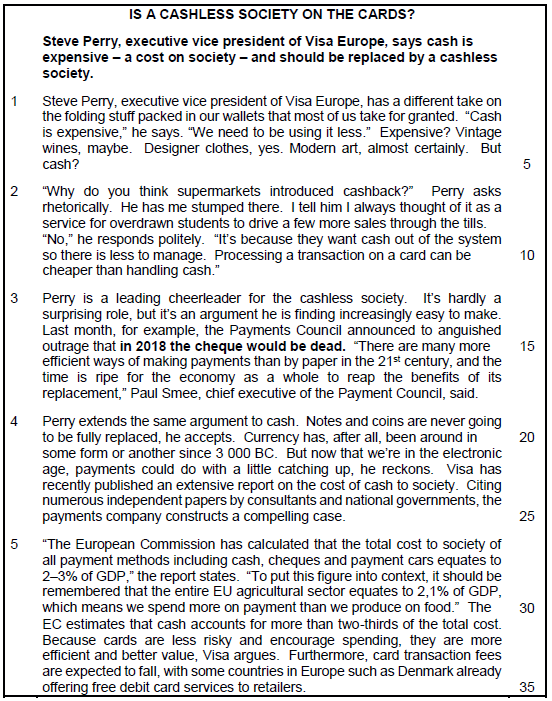
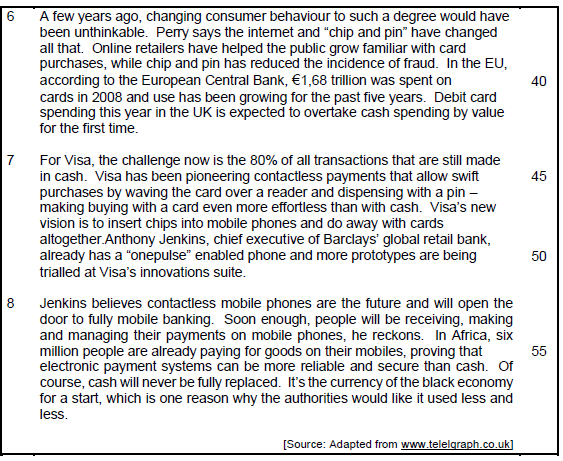
AND
TEXT B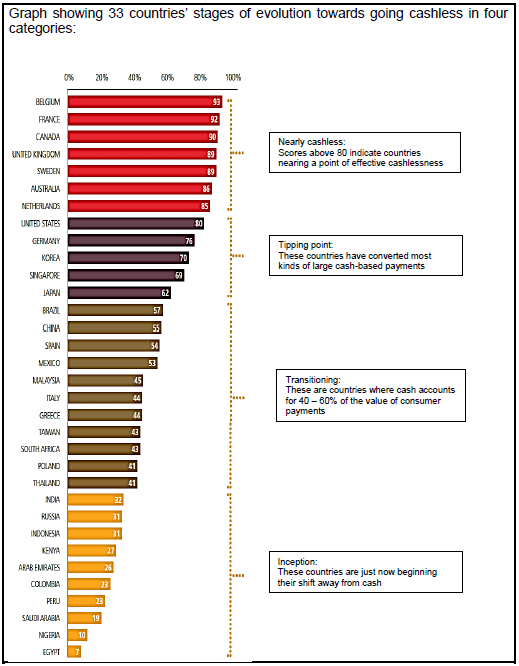
QUESTIONS: TEXT A
1.1 Refer to the heading and discuss the clever play on words. (2)
1.2 Comment on the writer’s use of short phrases at the end of paragraph 1. (2)
1.3 Give the reason why there is a cashback transaction available in supermarkets. (2)
1.4 Explain why the writer was ‘stumped’ by Steve Perry’s reply. (2)
1.5 Refer to “the death of the cheque.”
1.5.1 What is the implication behind the fact that the cheque would be “dead”? (1)
1.5.2 In your own words, explain how the announcement that the cheque would be dead, was received by the public. (2)
1.6 Discuss whether the report released by Visa is credible or not with reference to paragraph 4. (2)
1.7 Give TWO reasons why retailers would prefer their customers to use cards. (2)
1.8 Quote ONE word to show that Visa are the leaders in the field of cashless payments. (1)
1.9 Explain in your own words what contactless payments involve. (2)
1.10 Do you agree with Jenkins’s view that mobile phones should be the preferred way of doing business in the future? Give reasons for your answer. (3)
1.11 The tone expressed in paragraph 8 is …
- conciliatory.
- confident.
- critical.
- conservative. (1)
1.12 Explain why authorities would like to see the end of cash transactions. (2)
QUESTIONS: TEXT B
1.13 With reference to the graph, critically discuss South Africa’s position on the road to a cashless society. (3)
QUESTION: TEXT A AND B
1.14 Does the information found in the graph in TEXT B support the message of the article in TEXT A? Give reasons for your answer. (3)
TOTAL SECTION A: 30
SECTION B: SUMMARY
QUESTION 2: SUMMARISING IN YOUR OWN WORDS.
TEXT C addresses tips for improving your memory. SUMMARISE these tips in your OWN WORDS.
NOTE:
- Your summary should include SEVEN points and NOT exceed 90 words.
- You must write a fluent paragraph.
- You are NOT required to include a title for the summary.
- Indicate your word count at the end of your summary. (10)
TEXT C
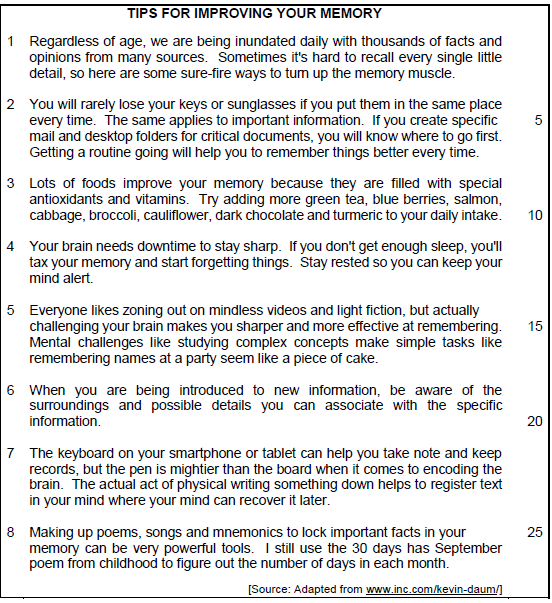
SECTION C: LANGUAGE STRUCTURES AND CONVENTIONS
QUESTION 3: ANALYSING ADVERTISING
Study the advertisement (TEXT D) below and answer the set questions.

| The text in small font reads as follows: One child is holding something that's been banned in AMERICA to protect them. Guess which one. We won’t sell kinder chocolate-eggs in the interest of child safety. Why not assault weapons? |
QUESTIONS: TEXT D
3.1 What is the logical conclusion one would come to after reading the question: “Guess which one”? (1)
3.2 What irony is evident in the advertisement? (2)
3.3 Give the reason that kinder chocolate-eggs are not sold in America. (2)
3.4 Discuss how the expression on the children’s faces and their body language enhance the overall message of the advert. (3)
3.5 Identify and suggest why the particular setting has been chosen for the advert. (2)
[10]
QUESTION 4: UNDERSTANDING OTHER ASPECTS OF THE MEDIA
Study TEXT E and answer the questions set.
TEXT E: CARTOON
THE BOTTOM LINE by Stephen Francis & Rico
4.1 What tone of voice is indicated by the bold printed word wrong? (1)
4.2 Explain why Rosie's expression is deadpan in frames 2–4. (2)
4.3 Discuss what the man's body language suggests by referring to the visual in frame 4. (2)
4.4 Humour in the cartoon is created by …
- anti-climax.
- satire.
- pun.
- irony. (1)
4.5 Rosie's title for her article indicates a few stereotypical views held about corporate environments. Name them using your OWN WORDS. (4)
[10]
QUESTION 5: USING LANGUAGE CORRECTLY
Read TEXT F, which contains some deliberate errors, and answer the questions set.
TEXT F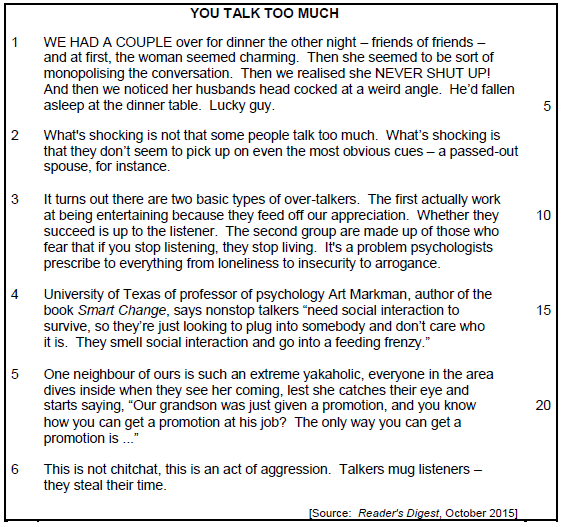
5.1 What is the function of the dashes in paragraph 1? (1)
5.2 Rewrite sentence 2, removing the colloquial redundancy. (1)
5.3 What tone is conveyed by “NEVER SHUT UP!” (Line 3) (1)
5.4 Correct the following:
5.4.1 Punctuation error in paragraph 1. (1)
5.4.2 Concord error in paragraph 3. (1)
5.4.3 Malapropism in paragraph 3. (1)
5.5 “They smell social interaction and go into a feeding frenzy.”
5.5.1 Rewrite the sentence in reported speech, starting with: Art Markman said … (1)
5.6 Quote an example of neologism from paragraph 5. (1)
5.7 Name the error of style found in paragraph 6. (1)
5.8 The register in which the article is written, is …
- colloquial.
- jargon.
- slang.
- formal. (1)
[10]
TOTAL SECTION C: 30
GRAND TOTAL: 70